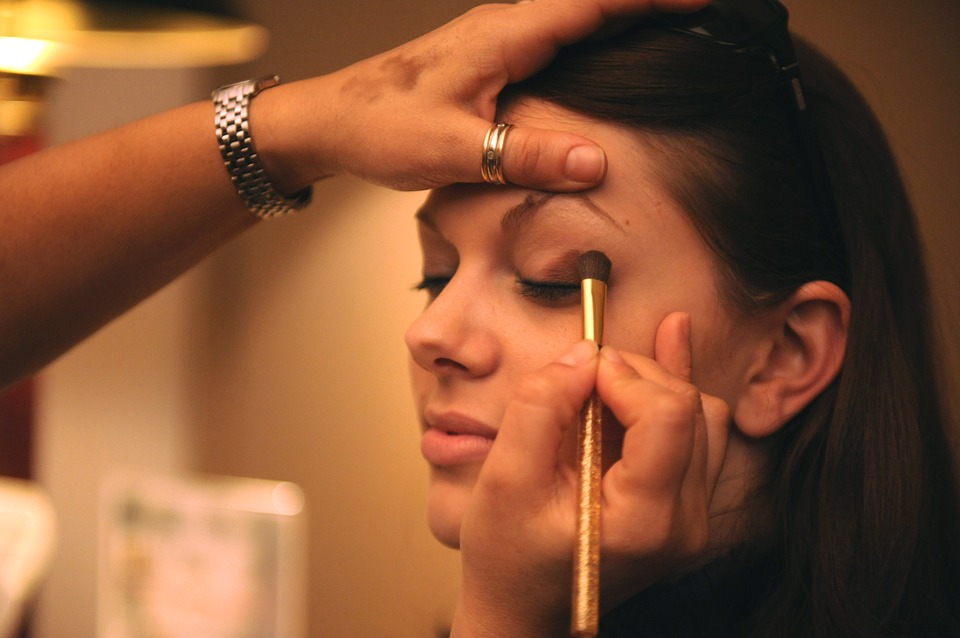The new generation of beauty products consumers bears serious problems for the major market players. The leading companies got used to rely on income from effective, long-acting, but expensive beauty products for skin care.
The Millennium Children, for quite understandable reasons, do need of those skin care products, which for decades were the main sources of income of companies such as, for example, Coty or Estee Lauder. Particularly, the millennials often neglect expensive creams and other similar products that provide long-lasting effect and promise that 50 years-old skin would look the same as, say, 25.
"They consider immediate results more important than investing in the future, - says CEO of Estee Lauder Fabrizio Freda. - Today, 30-year-old make more selfies a day than their mothers had done for a year. Therefore, they are more concerned about how they look now, not how they will look in 40 years." In turn, Coty’s acting CEO Bart Becht said that companies now have to take into account changing behaviors of young customers. They prefer shopping online and cheap brands, which, however, are not mainstream. "They prefer more natural products, more natural brands," - he says.
Experts remind that products for skin care are the beauty industry’s most profitable segment. As it turns out, exactly these products take the brunt associated with the change of priorities among consumers. "This change will definitely threaten profits of those companies that have long relied on products such as "hope in a jar"," - said Deutsche Bank’s analyst William Schmitz.
Analysts at Euromonitor noted that sales of anti-aging products - creams, serums, etc.- rose by only 2%, to $ 3.6 billion in the US last year. Meanwhile, sales of makeup products, especially those popular among the millennials, increased by 8% to $ 5.1 billion. The same trend can also be seen in the statements of US companies. For example, Estee Lauder’s sales of skin care fell by 2.5% in the last quarter. On the contrary, volume of sales of makeup and everything connected with it increased by 7.3%. Things are going even worse for Coty: last quarter, the company reported a drop in sales of skin and body treatments by 9%, while sales of other cosmetic products rose by 11%.
Another company - Procter & Gamble – gives just a typical picture of what is happening on the market. Lately, the company has been trying to revive one of its iconic brands - Olay, representing skin care and anti-aging lines. The company has recently reduced its range by one-sixth, having stopped production of those products that either did not fully meet its philosophy or sold particularly unfortunate. However, Olay’s sales still continued to fall in the last quarter.
source: wsj.com
The Millennium Children, for quite understandable reasons, do need of those skin care products, which for decades were the main sources of income of companies such as, for example, Coty or Estee Lauder. Particularly, the millennials often neglect expensive creams and other similar products that provide long-lasting effect and promise that 50 years-old skin would look the same as, say, 25.
"They consider immediate results more important than investing in the future, - says CEO of Estee Lauder Fabrizio Freda. - Today, 30-year-old make more selfies a day than their mothers had done for a year. Therefore, they are more concerned about how they look now, not how they will look in 40 years." In turn, Coty’s acting CEO Bart Becht said that companies now have to take into account changing behaviors of young customers. They prefer shopping online and cheap brands, which, however, are not mainstream. "They prefer more natural products, more natural brands," - he says.
Experts remind that products for skin care are the beauty industry’s most profitable segment. As it turns out, exactly these products take the brunt associated with the change of priorities among consumers. "This change will definitely threaten profits of those companies that have long relied on products such as "hope in a jar"," - said Deutsche Bank’s analyst William Schmitz.
Analysts at Euromonitor noted that sales of anti-aging products - creams, serums, etc.- rose by only 2%, to $ 3.6 billion in the US last year. Meanwhile, sales of makeup products, especially those popular among the millennials, increased by 8% to $ 5.1 billion. The same trend can also be seen in the statements of US companies. For example, Estee Lauder’s sales of skin care fell by 2.5% in the last quarter. On the contrary, volume of sales of makeup and everything connected with it increased by 7.3%. Things are going even worse for Coty: last quarter, the company reported a drop in sales of skin and body treatments by 9%, while sales of other cosmetic products rose by 11%.
Another company - Procter & Gamble – gives just a typical picture of what is happening on the market. Lately, the company has been trying to revive one of its iconic brands - Olay, representing skin care and anti-aging lines. The company has recently reduced its range by one-sixth, having stopped production of those products that either did not fully meet its philosophy or sold particularly unfortunate. However, Olay’s sales still continued to fall in the last quarter.
source: wsj.com



















